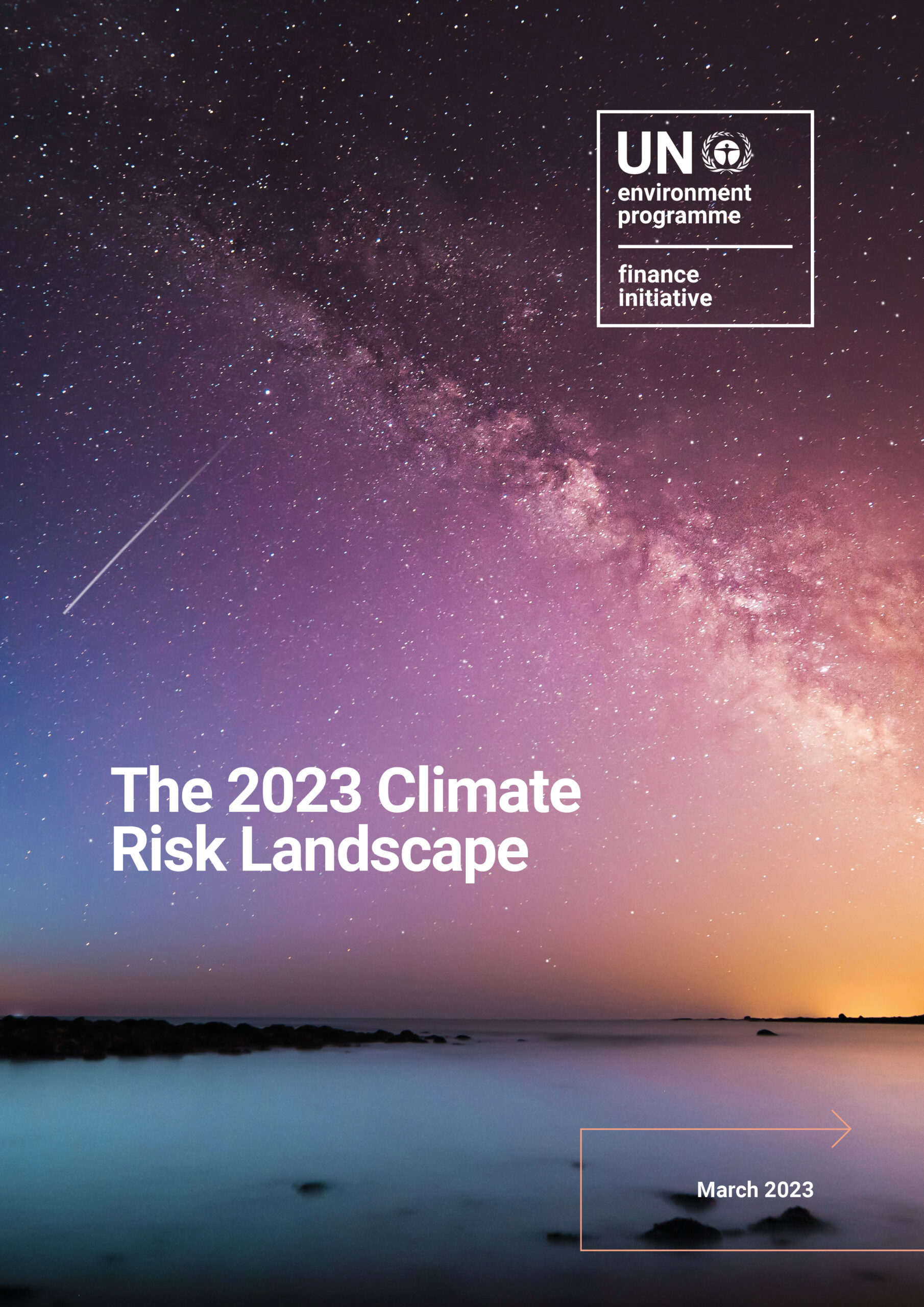In the years since 2019 – when the Principles for Responsible Banking (PRB) framework was launched – the United Nations Environment Programme Finance Initiative (UNEP FI) has observed a period of unprecedented change across the sustainable finance ecosystem.
Science has progressed – expanding our understanding, for example, of climate mechanisms like tipping points and trajectory consequences.
New goals and expectations have been set for real economy actors thanks to the introduction of new international agreements, such as the Kunming-Montreal Global Biodiversity Framework.
Whilst at the same time – from ESG ratings agencies, data analytics providers and advisory services to policymakers, fintech product innovators and assurance providers – the number and variety of sector participants has grown significantly, both driving and being driven by the maturation of our global regulatory environments.
What once were good market practices, emerging under the nascent PRB framework, are now enshrined in the state-mandated policies and/or voluntary reporting frameworks that impact large swathes of the planet.
As a result of these forces – from impact analysis and target setting to portfolio transition, action planning and reporting – banks now have a plethora of high-quality regulatory frameworks and disclosure mechanisms to guide their sustainability efforts.
Using our UN convening powers to accelerate sustainable development, UNEP FI has fully embraced these key sectoral developments. By continuing to evolve our support for PRB signatories, we reinforce their efforts to more transparently strategise, undertake, and communicate progress made in addressing the planet’s most pressing environmental, social, and economic challenges.
It is in this context that UNEP FI moves to introduce three important changes to our guidance for member banks this November, namely with the publication of the:
- Responsible Banking Implementation Journey – Defining Responsible Banking
- Responsible Banking Progress Statement for PRB Signatories
- Guidance for Transparency
In Spring 2024, a working group of 27 PRB signatory banks came together – with inputs from civil society – to clarify the evolving role of the PRB as a strategic framework.
It was the right moment to review the framework so that for the next five years and more, it could continue to guide banks’ robust ambitions to accelerate sustainable development – embracing scientific progress, new regulatory realities, and ecosystem contexts whilst maintaining focus on the PRB’s four priority areas – climate, nature, healthy & inclusive economies and human rights.
There were three main outputs from this body of work:
- Showcasing how the PRB supports a responsible banking journey of continuous progress and evolution, offering a holistic overview Principle by Principle of the practices and processes that a responsible bank is expected to undertake in accordance with its operation context. (Implementation Journey)
- Highlighting, particularly for mature signatories, how meaningful action across all six PRB Principles can be aligned with core commitments such as impact analysis, target setting and transparent disclosure whilst setting out how signatories can be transparent regarding their bank’s implementation journey. (Guidance for Transparency)
- Assessing how, considering the new regulatory/voluntary disclosure environment, UNEP FI might reduce reporting and assurance burdens for its members, particularly eliminating the need for signatories to disclose the same information in multiple reporting formats. Offering a replacement of the existing PRB Reporting and Self–Assessment Template, the new Progress Statement uses crisp, concise narrative to demonstrate how sustainability is a key aspect of the bank’s strategy and a driver of competitive advantage. (Progress Statement)
Intended to be read and understood together, all three documents are aimed at banks seeking to broaden their field of engagement as they conduct impact analysis, set initial or extended targets, or prepare for target implementation according to the action or transition plans they have in place.
Access the Framework Review publications and Transparency Guidance below:


